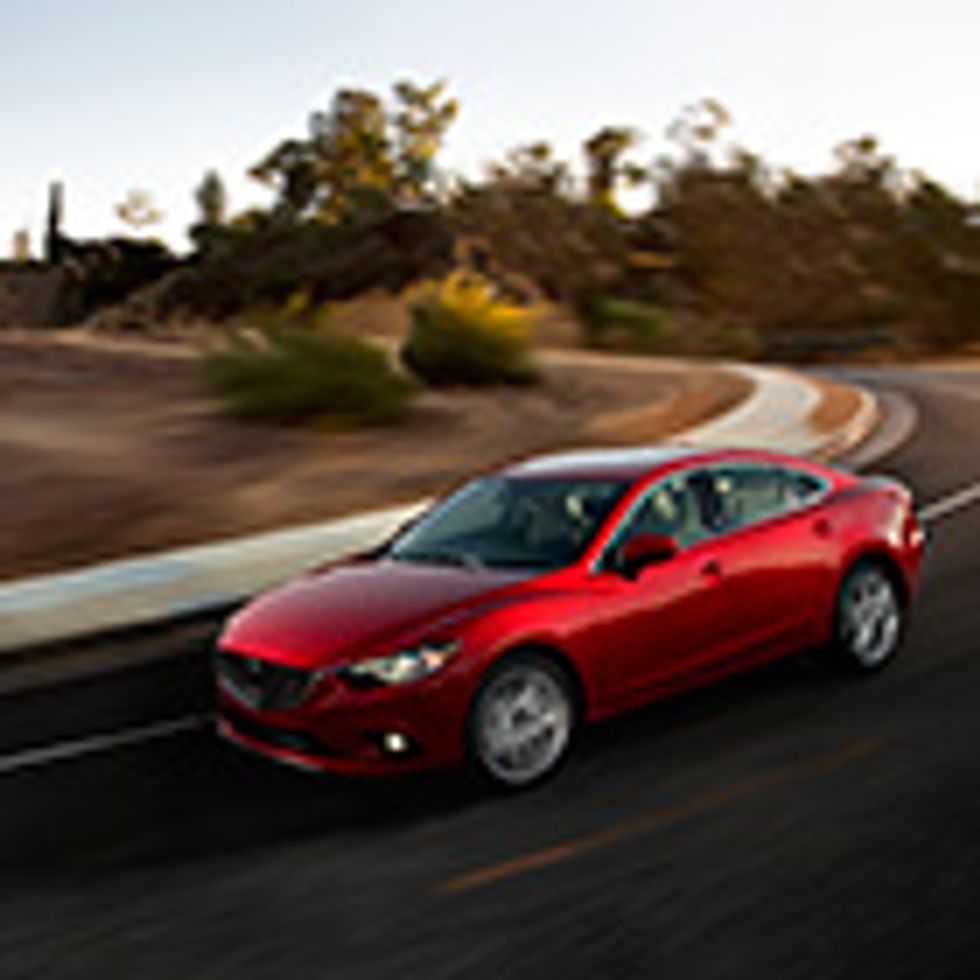Top Tech Cars 2013: Chevrolet Spark
Who needs dashboard buttons?

The Spark is a brave experiment for Chevrolet: a funky city car, 5 centimeters (2 inches) shorter than a Mini Cooper, and ultra-affordable at US $12 995 to start. An electric version on sale later this year, expected to produce more than 540 newton meters (398 foot-pounds) of torque, will be General Motors’ first production EV since the EV1 of the ’90s.
But in technical terms, consider the Spark a 1000-kilogram box with a cool gizmo inside: Chevrolet MyLink. Instead of the pricey embedded hardware and software found in nearly every automobile, the Spark integrates all music, phone, navigation, and video through a smartphone and its apps. Those phones communicate with the Spark’s simple 18-cm display screen, which is nearly devoid of hard buttons and needs no dashboard navigation systems or switches. Such gadgets are notorious cash cows for automakers, with consumers beginning to question why they should pay $1000 or more for optional navigation units that become obsolete faster than the cars themselves. By contrast, you can update the Spark’s phone-based maps and systems by just downloading a new app, giving this bargain-priced Chevy a leg up over a six-figure Bentley. The Spark comes with Sirius XM satellite service and Pandora and Stitcher Smart Radio preloaded, with many more apps to come.
There are drawbacks. Smartphone antennas aren’t as robust as car antennas, which means the Spark’s apps, including route guidance, won’t work in a barren desert. Providers are working to address these obstacles, perhaps by buffering or storing more critical data on board. But MyLink could shake up the traditional automotive order. This is a technology that may trickle up to top luxury cars.
Price: US $12 995 Power plant: 1.2-L four-cylinder engine, 63 kW (84 hp) Fuel economy: 6.9 L/100 km (34 mpg)
